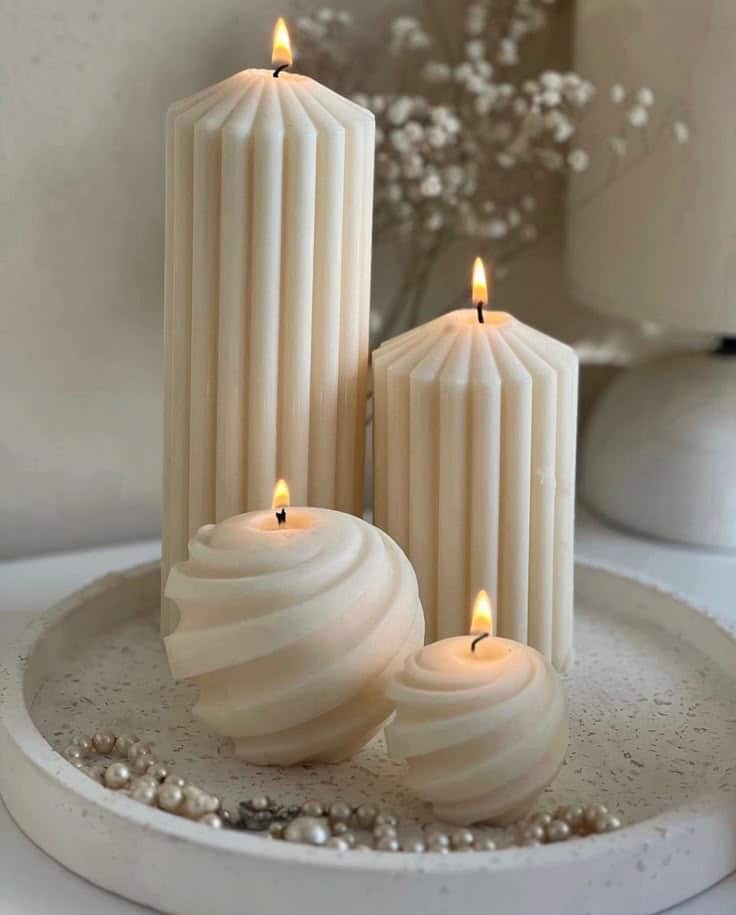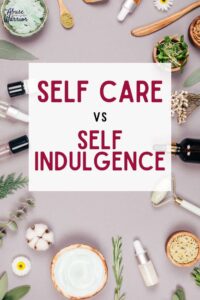Have you ever reached for one item over another, not because it was more functional but simply because it looked better?
Somewhere between buying a new mug and repainting the living room, we’ve all made a decision that wasn’t strictly logical. Maybe the mug we picked wasn’t the sturdiest one on the shelf, or the chair we ordered wasn’t the most ergonomic, but there was just something about the way it looked that made us reach for it. That, right there, is the influence of aesthetics—a subtle force that shapes more of our lives than we’re often willing to admit.
I’m not just talking about luxury or high-end lifestyle choices. I’m talking about the everyday things. The colour of the notebook you use, the shirt you pick out in the morning, the background you choose for your phone, the layout of your kitchen counter, and so on. All of it speaks to an inner pull we have toward beauty. It may be subjective, sure, but it is powerful.
According to an abstract by Cambridge University Press, “Our culture promulgates a conception of beauty as subjective, superficial, and independent of other values like moral goodness or knowledge and understanding. Yet our taste in beauty affects many aspects of our lives, sometimes playing a decisive – and often detrimental – role in areas as wide-ranging as our identity and self-esteem, our morally salient decisions, and our relationship to the environment.”
Functionality Meets Beauty, and Beauty Wins More Than We Think
It’s funny how two things can do the same job, but one of them just feels better to use. That blender with the sleek chrome finish has the same wattage as the less flashy one beside it. That pastel-toned reusable water bottle? It keeps water just as cold as its plain cousin, but you’re more likely to carry it around. Why? Because we are drawn to beauty.
We often try to rationalise our choices, telling ourselves that practicality comes first. But if we’re honest, how something looks and feels often tips the scale. In fact, we regularly pick items that look better over those that might perform slightly better. We may not always say it out loud, but aesthetics sneak into our decisions with the subtlety of a whisper.
This is not just consumer behaviour; it is human behaviour. It’s why even in places where function is paramount, like hospitals or airports, there’s been a push to incorporate better design, calming colour schemes, and more visually pleasing environments. It matters. It changes how we feel.

Why We Repaint, Rearrange, and Redecorate
Every once in a while, without any functional need, we get the itch to change things up in our space. Maybe it’s the living room layout that suddenly feels too cluttered. Maybe it’s the walls that feel a little too beige, or you no longer feel the office lighting. So we go to Pinterest, search for inspiration, and next thing you know, there’s a new rug on the way and the bookshelf has been moved.
This is not vanity. No. This is the human desire to connect with our spaces in a way that reflects how we want to feel.
Aesthetics help us reclaim control in a world that often feels unpredictable. Rearranging our furniture or changing our wall art may not fix our problems, but it gives us a fresh perspective—literally and emotionally.
Beauty in the Eyes of the Beholder But…
Yes, beauty is subjective. That’s one of the oldest truths we know. What looks stunning to one person might look like a mess to another. But even in all its subjectivity, aesthetic appeal plays a very real and often underestimated role in our decision-making.
When we plan a vacation, the views matter. A beach with turquoise water and palm trees tends to win over one with grey skies, even if they’re just 10 minutes apart. When we house hunt, the right lighting and modern fittings can sway us more than square footage. We care how things look, how they feel, and what they say about us—even when we don’t realise it.
That’s why design has become a powerful language. Why brands spend millions on logo redesigns, packaging revamps, and web aesthetics. It’s not just about looking good—it’s about being chosen. Even the most value-driven person isn’t immune. A clean logo, a beautiful interface, or an eye-catching billboard can nudge choices in unexpected directions.
We’re all just wired that way. We may say “don’t judge a book by its cover,” but as humans, we’re deeply moved by beauty, and it shows in the way we live, shop, decorate, and even work.
Aesthetics and Emotional Well-being: It’s Deeper Than It Looks
There’s a growing body of research that shows what many of us have long felt: beautiful environments are not just enjoyable; they’re good for us.
Living or working in aesthetically pleasing spaces can have profound effects on our mood, creativity, and stress levels. There’s a reason you feel more energised in a well-lit, clean, art-filled workspace compared to a cluttered, fluorescent-lit cubicle. It’s not just about preference—it’s about our nervous system.
Calming colours, symmetry, natural light, plants—these things contribute to our sense of peace. They foster creativity, increase productivity, and even help us concentrate better. When our surroundings align with our internal need for beauty, we feel seen, supported, and safe.
Think of how you feel when you walk into a cosy cafe or a well-decorated home. There’s a feeling of warmth, invitation, and presence. That’s not an accident. That’s aesthetics doing its quiet work.
The World is Paying Attention, So Should We
Look at your favourite brands. They’re constantly evolving their aesthetic. Logos are becoming simpler, colour palettes are more intentional, and websites are cleaner. In a world with too many options, beauty stands out. People are visual. We’re drawn to what we find attractive, even when we say we’re just after performance.
That’s why companies are investing more in top-tier graphic designers, visual storytellers, and UI/UX experts. They know what we often forget—how things look shapes how we feel and how we buy, and this isn’t just about selling a product. It’s about building connection, trust, and familiarity. The same way we are more drawn to people who are expressive and well put-together, we’re drawn to brands, spaces, and environments that tell us a beautiful story.
Bringing Aesthetics Into Your Everyday Life
You don’t need to be an artist, a designer, or someone with an interior decorator’s budget to appreciate or create beauty. Aesthetics isn’t about grand gestures or magazine-worthy spaces. It’s about making intentional choices that reflect who you are and how you want to feel. It starts with tuning in to the little things that light you up.
What colours make you breathe easier? Which ones bring energy into your space? Are there textures that feel like home to you—soft throws, woven rugs, clean lines, or rustic wood? What kind of lighting lifts your mood in the evening or helps you focus in the morning? These aren’t trivial preferences—they’re clues. They’re your personal language of beauty.
And the beautiful part? You can start small. Rearranging your work desk can shift how you approach your day. Adding a leafy green plant beside your window can soften even the most uninspiring room. Changing your phone wallpaper to a quote or photo that makes you smile is a kind of mini mood reset every time you unlock your screen. Lighting a scented candle as you wind down at night isn’t just about fragrance—it’s about ceremony. It’s a signal to your body that it’s okay to exhale now.
You don’t have to overhaul your life. Just begin with the little things, the ones within reach.
Choose a notebook that inspires you to write. Throw open your curtains and let natural light pour in. These aren’t luxuries. They’re small acts of everyday beauty, and they remind you that your life isn’t just something to get through, it’s something to be lived well.
Your home, your workspace, and your environment aren’t just backdrops; they shape your energy, your habits, and your mindset. You move differently in a space that feels right. You think more clearly. You rest more deeply. You engage more openly.
Your life isn’t a showroom but it is a sanctuary. You wake up in it, work in it, unwind in it, dream in it. So why not make it feel like it truly belongs to you? Why not make it beautiful, in your own way?
After all, beauty isn’t about perfection. It’s about presence. It’s about looking around and thinking; this feels like me.
Why This Matters More Than Ever
In a world that moves fast, where stress levels are high and distractions are endless, creating beauty in our everyday lives becomes more than a preference, it becomes a form of care.
We repaint, redecorate, and refresh not just to impress others but to reconnect with ourselves. We gravitate toward beautiful places and things because they give us a sense of peace, control, and joy. And in a life that is often complicated, that joy is worth chasing.
Aesthetics may not be everything, but they touch everything. From what we wear to where we work, from our favourite pillow to our weekend plans, beauty finds its way in. It quietly shapes our moods, our choices, and our sense of belonging. And maybe that’s not such a small thing after all.
Have you ever picked something just because it was beautiful, even if it wasn’t the most practical choice? How does aesthetics show up in your everyday life? I’d love to hear your stories.
Stay frosty!




